Introduction
Operas is a mesmerizing blend of music, drama and theatrical spectacle, bringing powerful emotions to life on stage. It has captivated audiences for centuries, evolving through various eras and styles while maintaining its essence. From the grand theaters of Europe to modern interpretations worldwide, opera remains one of the most sophisticated and emotionally charged forms of art.
In this extensive guide, we’ll take you through the history, elements, types, and impact of opera, ensuring you leave with a profound appreciation for this artistic masterpiece.
What is Opera ?
Operas is a dramatic art form that combines singing, acting, orchestration and stage design to tell a compelling story. Unlike musicals, operas are predominantly sung, with minimal spoken dialogue.
Key Features of Opera:
- Sung-through storytelling – Characters express emotions through music rather than speech.
- Orchestral accompaniment – Live orchestras play an essential role in setting the tone.
- Dramatic themes – Tragic love, heroism, betrayal, and mythical tales are common themes.
- Grand staging and costumes – Operas often have elaborate settings, enhancing the visual experience.
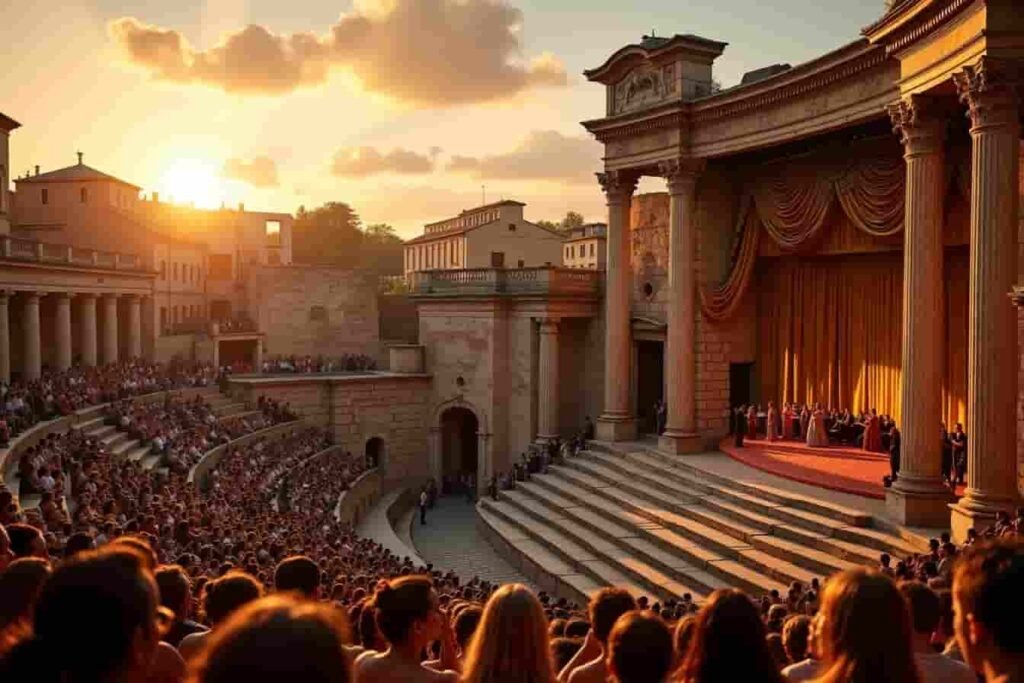
History of Opera
The origins of opera can be traced back to Italy in the late 16th century. It evolved from Greek tragedies and Renaissance theatrical forms, blending music and drama into a unique performance art.
Timeline of Opera Evolution:
| Era | Key Developments | Notable Composers |
|---|---|---|
| 1600s (Baroque Opera) | Opera emerged in Florence, Italy.Monteverdi’s L’Orfeo is widely regarded as the first significant opera, marking a pivotal moment in the history of Western music. | Claudio Monteverdi, Handel |
| 1700s (Classical Opera) | Lighter, more structured operas gained popularity. Mozart revolutionized opera. | Wolfgang Amadeus Mozart, Gluck |
| 1800s (Romantic Opera) | Grand operas with deep emotions and powerful arias. | Verdi, Wagner, Puccini |
| 1900s-Present (Modern Opera) | Experimental, minimalist , and contemporary operas. | Philip Glass, John Adams |
Elements of an Opera Performance
Opera is a fusion of several artistic disciplines, including:
1. Music:
- Aria – A solo performance showcasing the singer’s vocal skills.
- Recitative – A speech-like singing style used for dialogues.
- Overture – The instrumental introduction before the opera begins.
2. Characters & Singing Styles:
| Voice Type | Description | Example Role |
|---|---|---|
| Soprano | Highest female voice | Leading heroines (e.g Violetta in La Traviata) |
| Mezzo-Soprano | Middle female voice | Villains or supporting characters |
| Tenor | Highest male voice | Romantic heroes (e.g Rodolfo in La Bohème) |
| Baritone | Mid-range male voice | Fathers, villains |
| Bass | Deepest male voice | Kings, priests, or wise men |
3. Stage & Production:
- Set Design – Creates immersive worlds , from grand castles to mythical lands.
- Costumes – Reflect the era and social status of characters.
- Lighting & Effects – Adds drama and depth to performances.
Famous Operas and Their Impact
Here are some of the most celebrated operas of all time:
| Opera | Composer | Year | Key Theme |
|---|---|---|---|
| La Traviata | Verdi | 1853 | Tragic romance |
| Carmen | Bizet | 1875 | Passion, fate, and tragedy |
| The Magic Flute | Mozart | 1791 | Enlightenment and fantasy |
| Tosca | Puccini | 1900 | Political intrigue and love |
| The Ring Cycle | Wagner | 1876 | Mythology and power |
Types of Operas
There are various styles of opera, each with unique characteristics:
1. Grand Opera:
- Large-scale productions with full orchestras and lavish sets.
- Example: Aida by Verdi.
2. Opera Buffa (Comic Operas):
- Lighter, humorous operas.
- Example: The Barber of Seville by Rossini.
3. Opera Seria (Serious Operas):
- Focuses on dramatic themes and noble characters.
- Example: Julius Caesar by Handel.
4. Modern & Experimental Operas:
- Breaks traditional structures with contemporary themes.
- Example: Einstein on the Beach by Philip Glass.
Famous Opera Singers
| Singer | Era | Famous Roles |
|---|---|---|
| Maria Callas | 20th Century | Tosca, Norma |
| Luciano Pavarotti | 20th Century | Nessun Dorma (Turandot) |
| Placido Domingo | 20th Century | Otello, Don José |
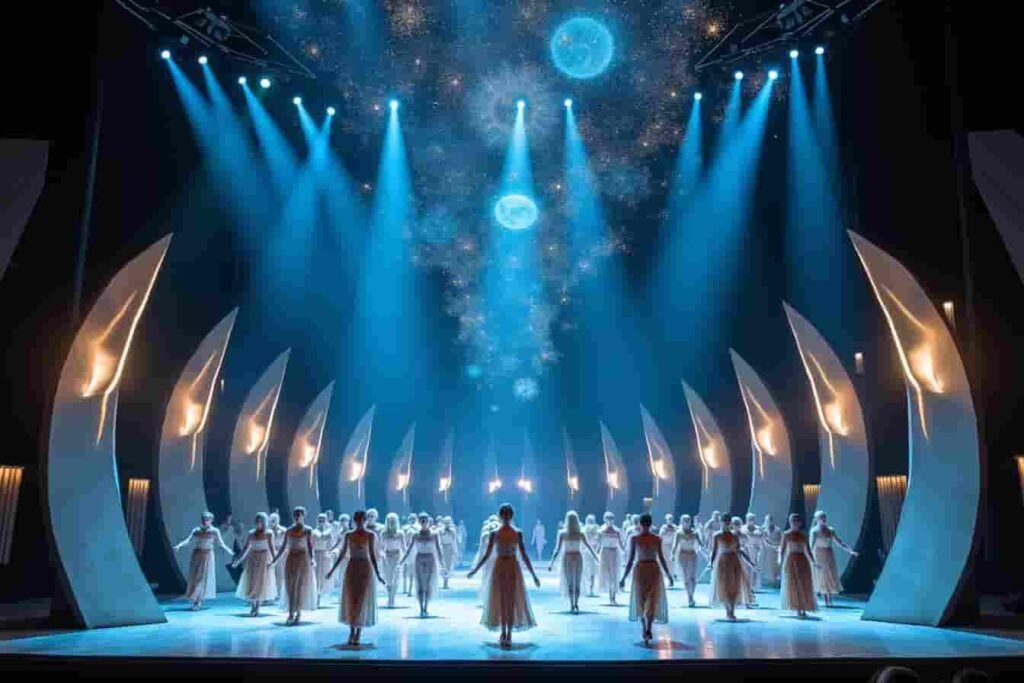
FAQs on Operas
2. How long does an opera last?
Most operas range between 2 to 4 hours, including intermissions.
3. What is the best opera for beginners?
Popular choices include The Magic Flute, La Traviata, and Carmen.
Conclusion
Opera remains one of the most magnificent and emotionally powerful art forms in human history. Whether you’re an opera lover or a curious newcomer, the world of opera offers something for everyone. From dramatic storytelling to breathtaking music, it continues to inspire generations.

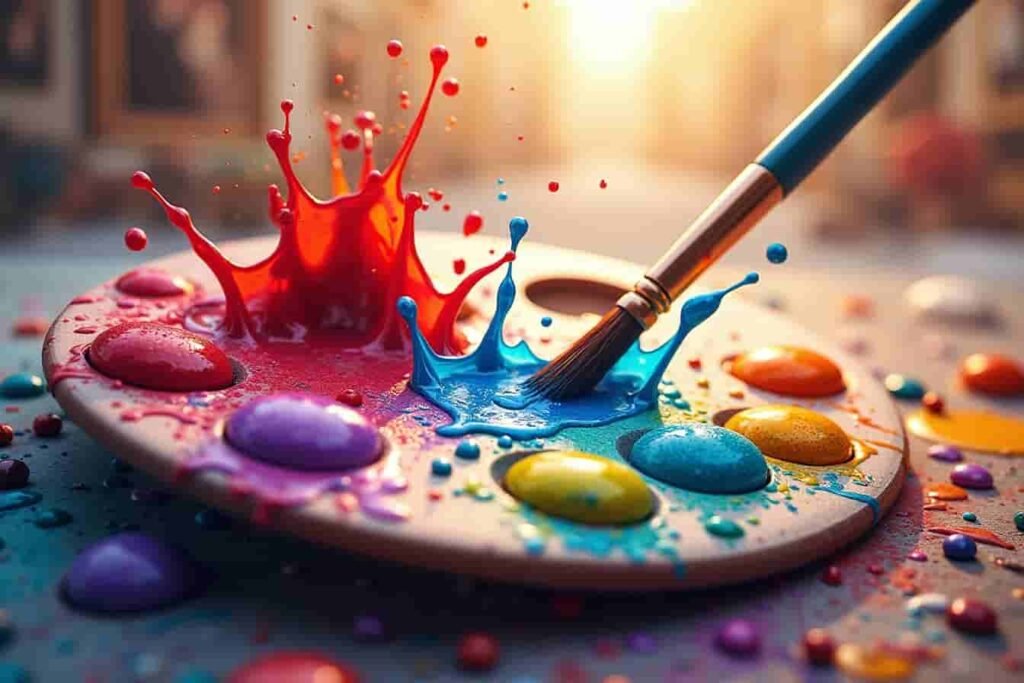
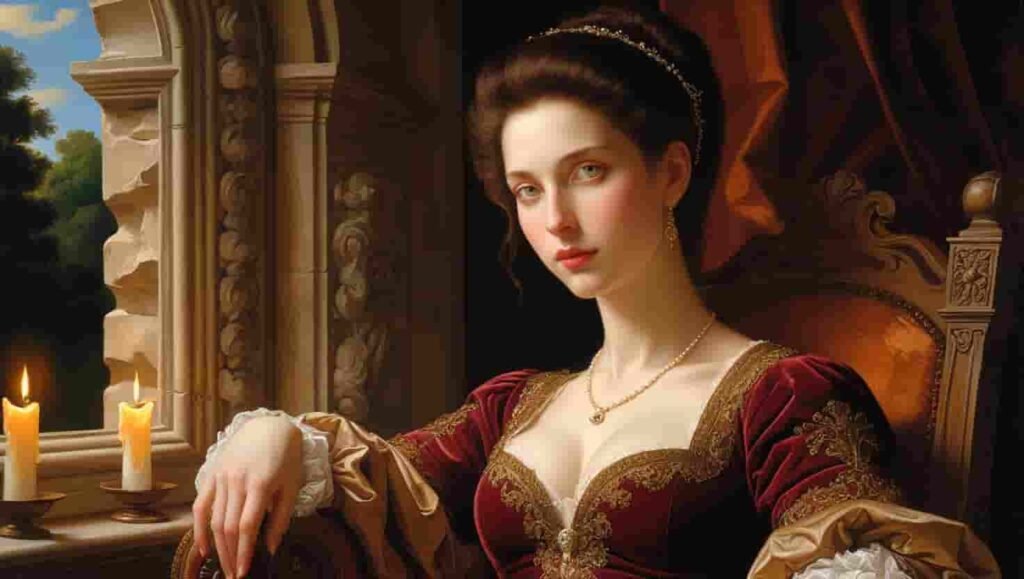

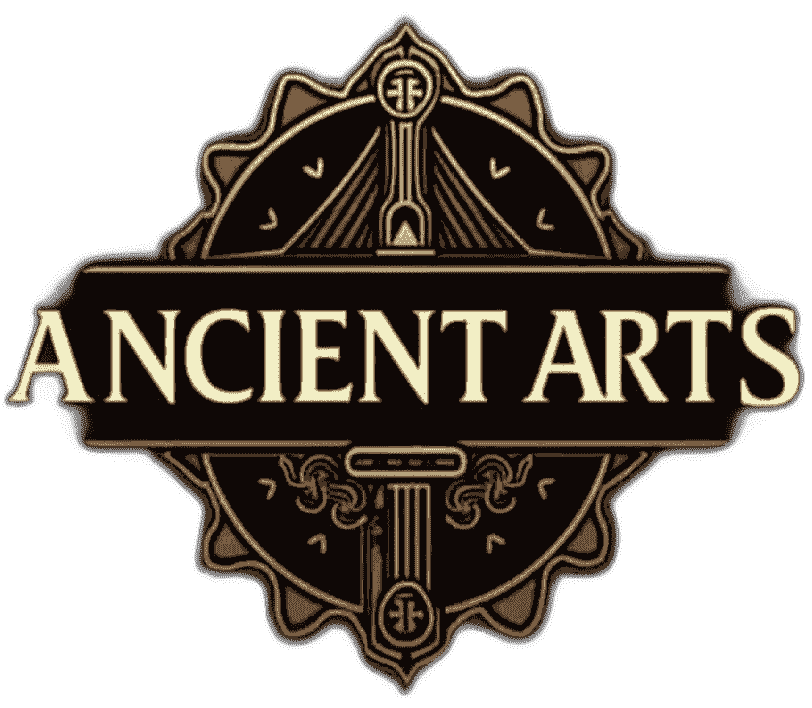
Pingback: Arts